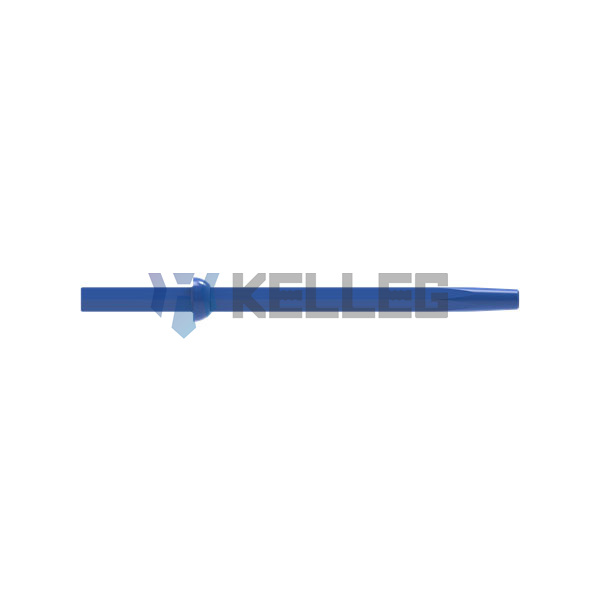2020 官网升级中!现在您访问官网的浏览器设备分辨率宽度低于1280px请使用高分辨率宽度访问。
Drill rod is a rock drilling tool, and the brazing steel used for the drill rod should have the general requirements of tool steel, such as good wear resistance and high strength required to withstand the transmission of energy. However, in the drilling, the drill rod is more of a structural component. Brazing steel has the general properties of structural steel in service under fatigue load. Especially after the application of rock drill bit, drill rod is mainly used as a component to transmit the impact energy of rock drill, not directly as a tool to break rocks. In this way, for the performance requirements of brazing steel, the stress state under fatigue load should be considered.

In drilling, drill rod needs to bear three kinds of stress: axial anxiety, torsional stress, and bending stress.
1. Axial anxiety
In drilling, drill rod mainly bears axial tensile and compressive stress under the impact of rock drill piston and rock action. It is reciprocally transmitted between the piston and the rock in the form of stress waves so that drill rod is in a state of tension and compression fatigue.
2. Torsional stress
When the piston retreats, drill rod is driven by the rock drill sleeve to twist the angle. Drill rod bears torsional stress due to the frictional resistance of rock powder and hole wall.
3. Bending stress
Drill rod is elongated. The slenderness ratio of the B22mm hollow hexagonal conical rod is 1:100, and the slenderness ratio of threaded rod is larger. Therefore, additional bending stress is inevitably generated by natural vibration during the axial advance of multiple percussion drilling.
In the past, it was considered that the bending stress was the core stress on the drill rod in drilling, and the bending fatigue caused by the bending stress was the main factor for the fracture of drill rod. Although the brazed steel designed with this idea improves the bending fatigue strength of drill rod, it ignores the cyclic toughness, so drill rod cannot have a high drilling life.
The maximum stress of drill rod at each moment should be the superposition of axial tensile and compressive stress and bending stress. Hollow steel is the main material for making drill rods. It is of great significance for the design of hollow steel to know what kind of stress the drill rod bears in the drilling from the aspect of the performance of rock impact drilling to hollow steel. They all require steel with high purity, low-notch sensitivity, good microscopic plasticity, and sufficient fatigue resistance. But different stress states should have different needs. If the stress on the drill rod is mainly axial compressive stress in drilling, the design of the brazed steel should focus on high-impact fatigue resistance. If the stress on the drill rod is mainly bending stress in drilling, the surface fatigue strength of the drill rod should be improved as much as possible based on ensuring that the matrix steel of drill rod has a definite fatigue strength.